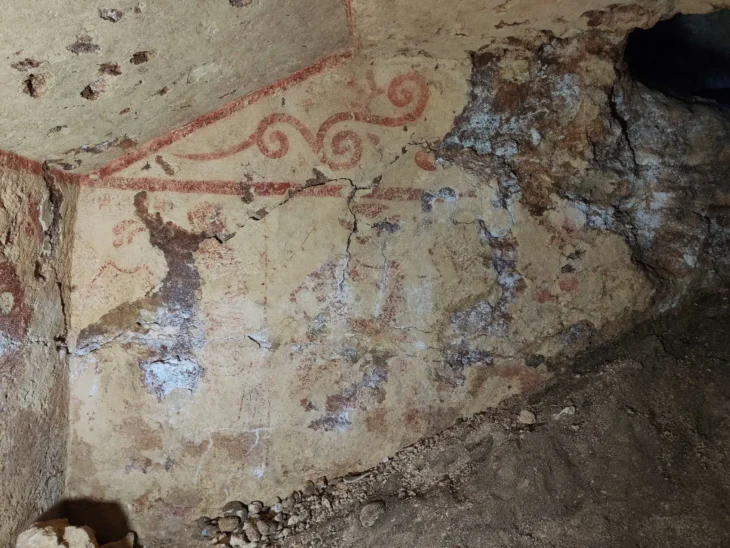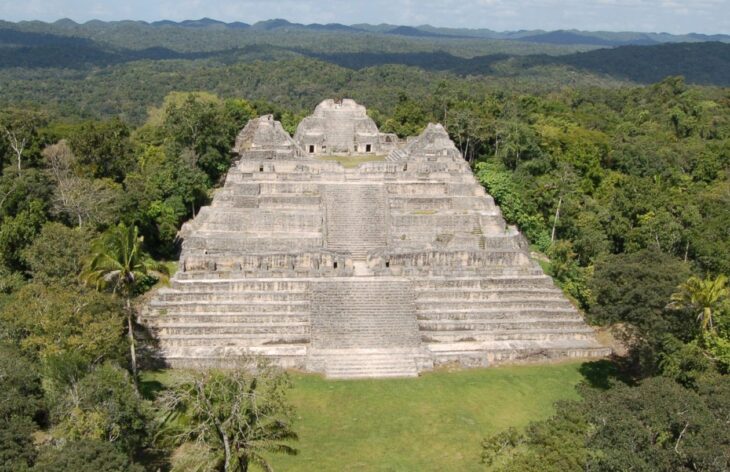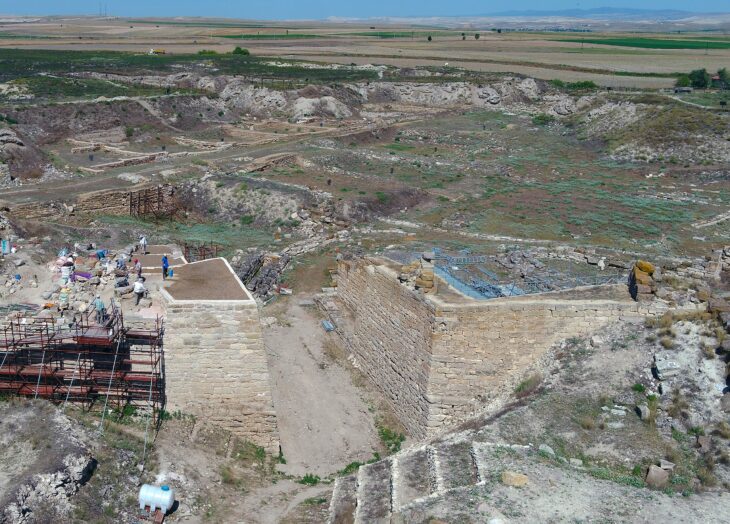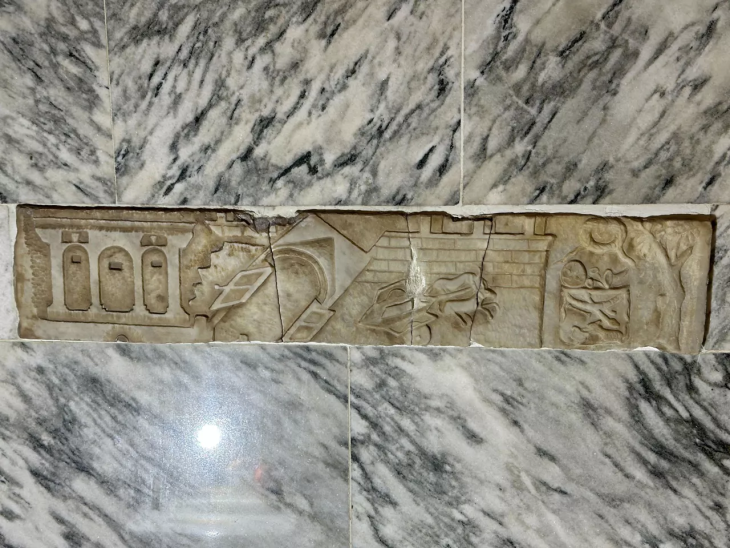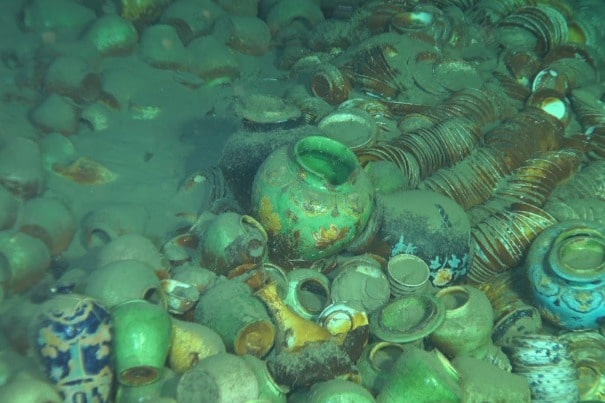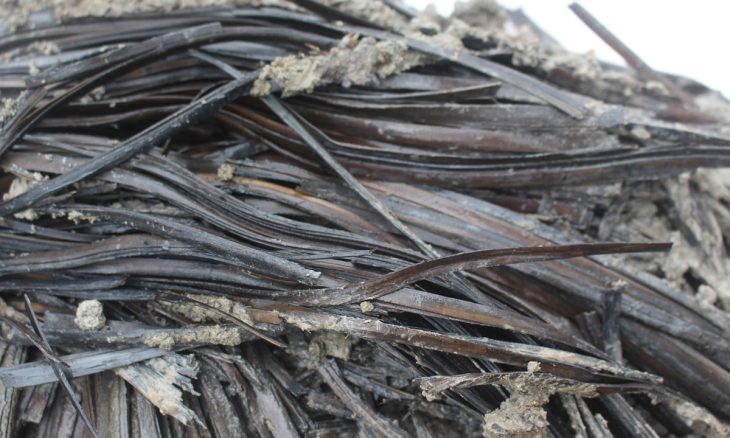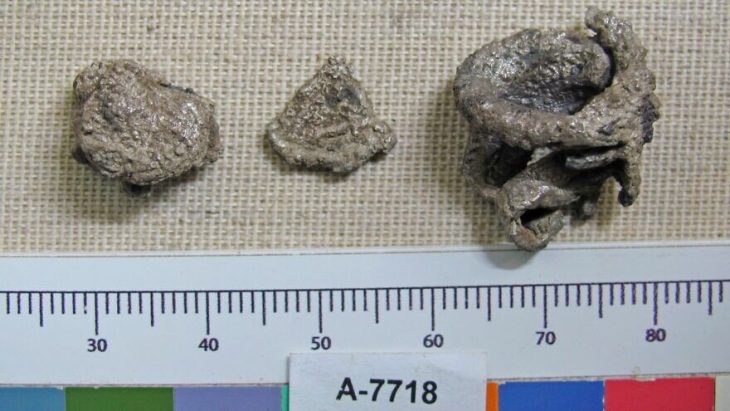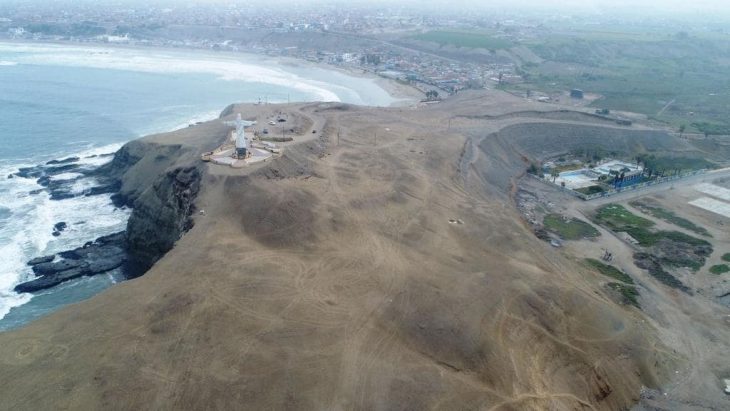Did ancient Egyptians gaze upon the Milky Way and immortalize its form in their artwork? New research suggests this very possibility, with the potential identification of a 3,000-year-old visual representation on coffin decorations set to rewrite the history of early astronomical understanding.
The enigmatic artwork adorning ancient Egyptian coffins has revealed a potential 3,000-year-old secret: what researchers identify as the first known visual representation of the Milky Way, a revelation poised to redefine our perception of ancient astronomy.
A detailed analysis of coffins has yielded intriguing new perspectives on the depiction of the sky goddess Nut and a potential visual representation of the Milky Way, challenging long-held assumptions about their relationship.
Dr. Or Graur’s, an astrophysicist at the University of Portsmouth’s Institute of Cosmology and Gravitation, meticulous examination of a vast catalog of ancient Egyptian coffin elements, specifically focusing on cosmological vignettes from the 21st/22nd Dynasties, has uncovered significant details that refine our understanding of ancient Egyptian celestial beliefs. His research, published in the Journal of Astronomical History and Heritage, sheds new light on the visual representation of the cosmos and the role of the goddess Nut within it.
One of the most striking findings is the unique presence of a thick, undulating black curve bisecting the star-studded body of Nut on the outer coffin of Nesitaudjatakhet. This feature, Dr. Graur argues, bears a remarkable resemblance to the Great Rift, the dark band that visibly divides the Milky Way galaxy. This observation suggests, for the first time through visual evidence from this period, that the ancient Egyptians may have been aware of and depicted this prominent galactic feature.
📣 Our WhatsApp channel is now LIVE! Stay up-to-date with the latest news and updates, just click here to follow us on WhatsApp and never miss a thing!!
The distinct undulating curve on Nesitaudjatakhet’s coffin strongly suggests a visual recognition of the Milky Way’s structure, particularly the Great Rift,” explains Dr. Graur. “This challenges the notion that the association between Nut and the Milky Way was purely symbolic or textual.”
Furthermore, Dr. Graur highlights the similarity of this undulating curve to representations of the Milky Way found in the spiritual iconography of cultures like the Navajo, Hopi, and Zuni, strengthening the argument for its identification as a visual depiction of our galaxy. The appearance of similar curves in the astronomical ceiling of Seti I’s tomb and along Nut’s back in later royal tombs adds further weight to this interpretation. This visual evidence also reopens the possibility that the ancient Egyptian term Winding Waterway could indeed have been their name for the Milky Way.

However, Dr. Graur’s analysis also reveals a crucial nuance in the relationship between Nut and the Milky Way. The rarity of this undulating curve on the coffins – observed in only one out of 118 cosmological vignettes – supports the idea that while the Milky Way was associated with Nut in her role as the sky, they were not considered synonymous. Instead, the galaxy was likely seen as one of the many celestial phenomena that adorned her form, much like the sun and the stars.
Another significant finding from the research is the underrepresentation of stars on Nut’s body in the cosmological vignettes. Only a quarter of these depictions show Nut covered in stars, leading Dr. Graur to suggest a potential preference for the day sky over the night sky during the 21st/22nd Dynasties. This observation prompts further investigation into funerary papyri and full-length portraits of Nut to determine if this preference was consistent throughout ancient Egyptian history.
Moreover, Dr. Graur’s work explores the evolution of Nut’s depiction on coffins, tracing the interplay between the cosmological vignette and full-length portraits from the New Kingdom to the Roman Period. He argues that the cosmological vignette, initially a continuation of earlier monumental depictions, eventually merged with full-length portraits, highlighting Nut’s dual cosmological and eschatological roles as the embodiment of the coffin itself and a conduit to the afterlife.
Finally, Dr. Graur emphasizes the critical importance of digitizing museum catalogs and providing free public access to these resources, citing the tragic fire at the Museu Nacional in Rio de Janeiro as a stark reminder of the urgency of preserving and sharing cultural heritage.
This research provides a fresh and detailed perspective on ancient Egyptian cosmology, offering compelling visual evidence for a potential early understanding and representation of the Milky Way while also refining our understanding of the complex relationship between the sky goddess Nut and the celestial phenomena she embodies.
Graur, O. (2025). The ancient Egyptian cosmological vignette: First visual evidence of the Milky Way and trends in coffin depictions of the sky goddess Nut. Journal of Astronomical History and Heritage, 28(1), 97–124. https://doi.org/10.3724/SP.J.140-2807.2025.01.06
Cover Image Credit: Dr. Or Graur


